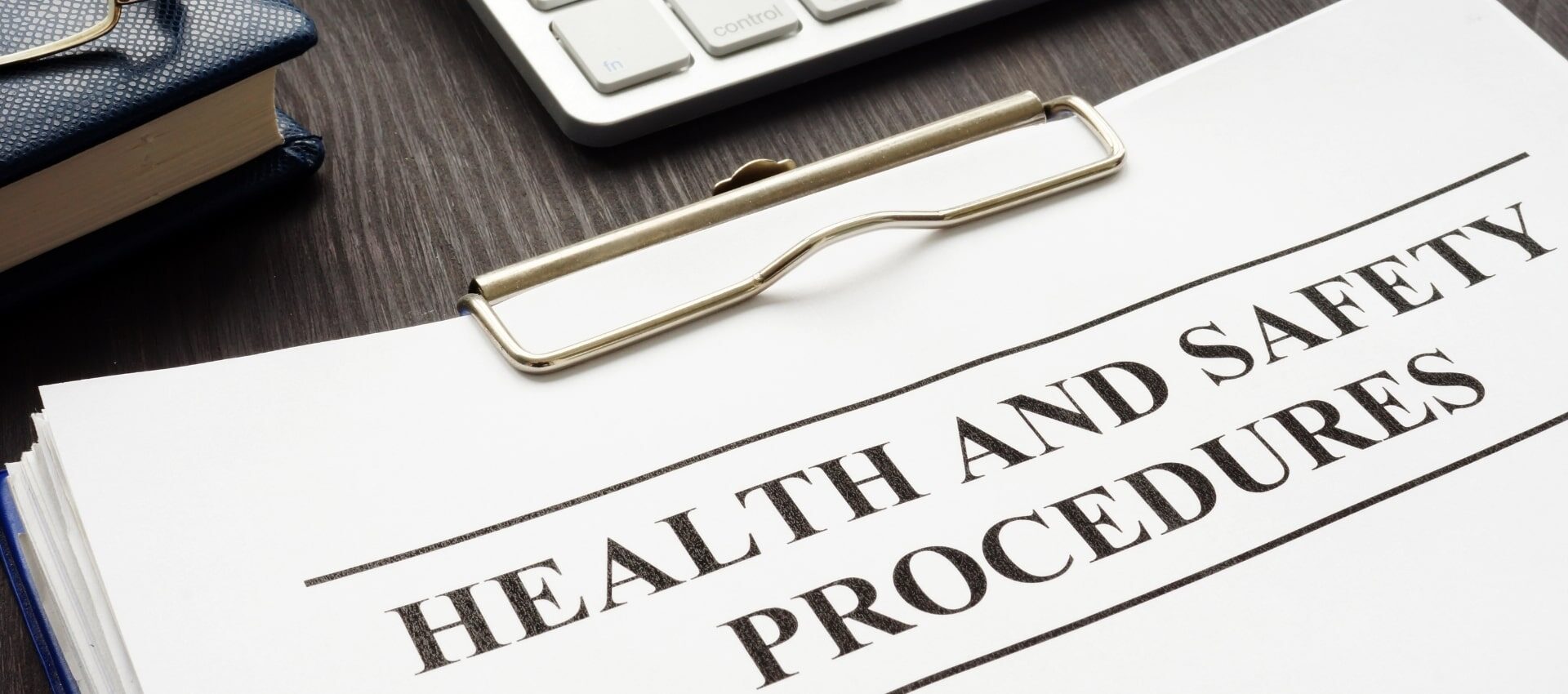Driving For Work - Health and Safety

Driving For Work - Managing Work-Related Road Safety
It’s thought that more than a quarter of all road traffic accidents in the United Kingdom involve someone who is driving for work (Department For Transport). Driving is one of the highest risk activities that your employees will undertake, therefore, managing your work-related road safety should be paramount. The laws on health and safety, include employees driving for work, meaning that this should be managed in the same way as any other work-related activity.
By managing your work-related road safety effectively, you and your business can gain a wide variety of benefits. This includes a lower risk to your drivers and vehicles, reduced insurance costs, fewer vehicle repairs, and greater driver efficiency. Additionally, driver training may also contribute less work-related stress and improve morale in your drivers. Overall, this can help you increase the efficiency of your business and protect your drivers.
Driving For Work and The Law
There is a range of laws that relate to the health and safety of your drivers. Under these laws, employers must manage the health and safety of those driving for work, and those affected by their work ‘as far as reasonably practicable’. This means that employers should take steps to control the risk of work (driving) activities. However, this does not apply to actions that are grossly disproportionate to the level of risk.
Health and safety laws only apply to drivers undertaking a work-related activity. This means that they do not apply to commuting either to or from the workplace. However, if drivers or employees are travelling from home to a location that is not their usual workplace, the laws on health and safety apply.
Health and Safety Legislation
The Management of Health and Safety at Work Regulations 1999, requires employers to manage the health and safety of employees. Under this law, employers must assess the potential risks to employees, whilst they are at work. This risk assessment also applies to any individuals who may be affected by your work.
As a part of your risk assessment, you should consult your employees and drivers on any potential health and safety issues, including:
- risks arising from their work;
- steps to manage or control potential risks;
- how to provide information and training to drivers.
The health and safety legislation is designed to help you manage and understand your role as an employer in managing work-related road safety. Failure to manage your work-related road safety can have an impact on your employees and business. In the unfortunate case of an incident occurring, your company or organisation could be prosecuted under the Corporate Manslaughter and Homicide Act 2007.
The Corporate Manslaughter and Homicide Act 2007
The Corporate Manslaughter and Homicide Act 2007, was introduced to hold companies and organisations accountable, where serious management failures and a gross breach of duty of care have resulted in a work-related death. This act allows companies and organisations to be held accountable, following a loss of life in the workplace. In cases of gross negligence, companies and organisations can be prosecuted under this act. Following prosecution, businesses can face large financial penalties and a public relations backlash. Overall, this highlights the need for you to manage your work-related road safety effectively.
How To Manage Your Work-Related Road Safety
There are a variety of steps that you can take to manage your work-related road safety. It is recommended that you create a strategy to achieve the health and safety goals of your business. The Health and Safety Executive suggest a ‘Plan, Do, Check, Act’ approach:
- Plan: Describe how you currently manage your health and safety and identify any other potential risks. This allows you to plan and create a strategy for achieving your health and safety goals.
- Do: Take the steps outlined in your plan, and control potential risks. You should consult your employees and provide them with training and information.
- Check: Measure and monitor your progress. Tracking your progress allows you to measure the effectiveness of your plan.
- Act: Review your performance and identify areas for improvement.
Through adopting the ‘Plan, Do, Check, Act’ approach, you will be able to manage your work-related road safety more effectively.
Contact Us
If you would like to find out more about how to manage your work-place road safety or our corporate and fleet driver training courses, we would love to hear from you. Please take the time to get in touch and find out how we can help your business today.
How Can We Help You?
Savings Calculator
Our savings calculator shows your estimated potential fuel savings with our Fuel-Efficient Driver Training Courses. This is only a guide, and there is potential for you to save even more money through lower insurance costs and less vehicle wear.
Get In Touch
Interested in our driver training courses? We would love to hear from you. Please take the time to get in touch today, and find out how we can help your business.
